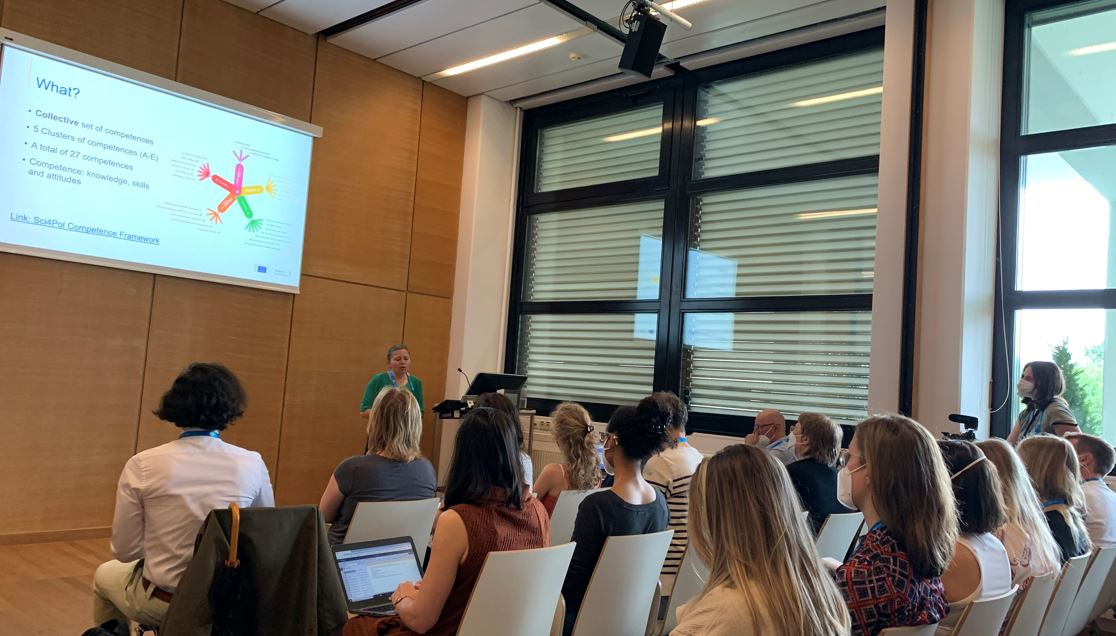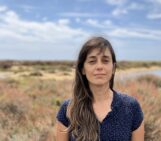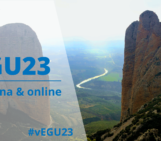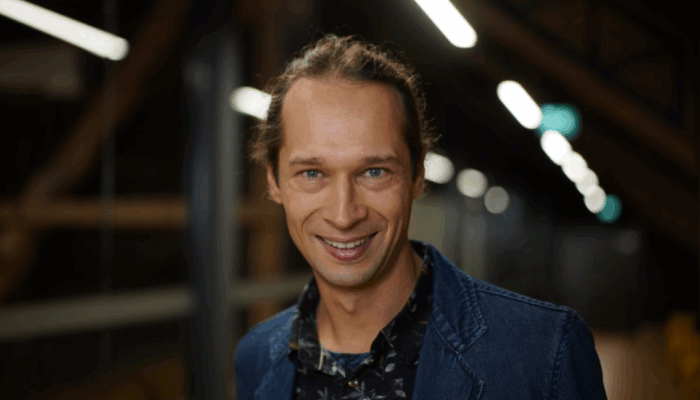
Adam, welcome to GeoTalk! You’re an environmental historian and human ecologist, with an interest in biodiversity. Can you tell us how understanding historic changes to social and ecological systems can provide an insight into biodiversity loss today?
This is a question that environmental historians face every time they talk about their work! Let me put it this way; we are at a certain point in the “middle” of a long process. More concretely, the point where quite a bit of biodiversity around us has been lost and we would like to stop or even reverse this as the process goes on. So, we are not happy about how this point in the process looks and we would like the future stages of the process to change it in a way that would make us happier.
In other terms, we want to project our values and needs into the future and somehow imagine the process going forward – to identify where and how we could intervene in it. But while we can model future scenarios and imagine how it may look, the future is still something that does not exist. This is where looking in the other direction within the same process – backwards, not forwards – comes in handy!
The past phases of the process already happened and if we work hard enough as scientists we can learn what happened and how.
We can go back 10 years, 100 years, or 1000 years, depending on the time horizons or turning points of interest. And once we understand it, we can better imagine or model the future of the process – and design interventions to steer it.
And crucially – steer not just ecological processes, but also the social processes that co-determine them.
What motivated you to join the EGU’s Biodiversity Task Force?
I believe geosciences in general and environmental history in particular has important insights to share with those who make policy decisions. By the time I applied to join the Task Force, I had already been looking for ways to get involved in policy advice as a scientist and I attended a series of science for policy sessions organised at the EGU General Assembly – sort of a science for policy crash course that I would recommend to everyone!
Thus, when the call for Task Force members came out, I already knew what kind of involvement I was looking for. I was aware that acting alone, just based on my own research, is not the way to go, but rather I should get involved in some larger initiative, where I could act as a generalist representing my whole field. In brief, I was looking for well-organised and supported initiatives that I could join to get involved in science for policy advice. And of course, related to my research profile – climate change and society, epidemics, biodiversity and more broadly ecological crises, past and present…
Why do you think it’s important for scientists to be involved in the policymaking process?
The world is getting increasingly complicated and it is difficult to predict which policy measures can be effective and what their unintended consequences might be. This is where scientists, who could provide evidence-based information on what options are out there, and what could be their consequences (and how certain of these insights we actually are), can be really useful. In other words, scientists can help politicians and policymakers take into account more of the complexity they handle on everyday basis.
In this context, you could also think of scientists in the way Bruno Latour proposed, as representatives of non-human actors – other living beings or “just” physical processes – in the world around us; actors involved in the very same network of relations and mutual impacts, who bear consequences of human decisions. Scientists are often in the best position to tell other humans what could happen to these non-humans if we do this or that. Of course, the same often applies to social scientists speaking about the situation of human communities.
What advice would you give to scientists looking to engage with policymakers?
If you research something directly relevant to policy, be patient. Follow what’s going on and wait for the moment when this suddenly attracts the public opinion and the attention of politicians. You have to be ready! This will be just a moment and will not last long. Being vigilant is key, and you need to be ready to actively engage as most of the time policymakers and journalists will not seek you out to hear what you have to say.
Policymaking and politics happen at a very fast pace compared to science. However, if your own research work is less directly relevant, but you want to get involved in science for policy more broadly, think of yourself as a generalist.
Build communication skills or other skills you feel good about, take advantage of different internships, support programs, trainings and so on, and try to get involved. Become part of something bigger, and perhaps work toward creating a critical mass and institutional support within your own scientific institution.
As someone working between the social and natural sciences, why do you think more integration between the two communities is important?
There is just one reality. Ecosystems and societies are interwoven, and they act on each other, they often build hybrid networks that you cannot really distill into separate parts in responsible research. If our goal is not only to understand the physical process of climate change, but also the societal dynamics that drives it, we need both the social and the natural sciences – the same for the biodiversity loss. And if we want to come up with the solutions, it is not enough to identify the “natural” processes that need fixing, but also the underlying social processes (and their mechanics) that we may want to influence.
This, of course, requires respectful conversations between people coming from both communities, and the emergence of social and natural scientists that are eager to gain basic ‘scientific literacy’ in the disciplines of their colleagues from the other side of the aisle. This, I believe, is a precondition to successful interdisciplinary research.
How do you think the EGU’s scientific community can encourage this integration?
This integration is already happening at the EGU General Assembly. Every year there are more environmental and climate historians around, for instance. One way to go beyond this would be to recognise social environmental sciences, or some similar generic field/discipline, as one of the EGU divisions: to give social scientists an official place at the table. Another way to encourage this could be to launch a workshop at the General Assembly or series of webinars that would encourage more conversation, with an effort to invite more social scientists to come and join these events.
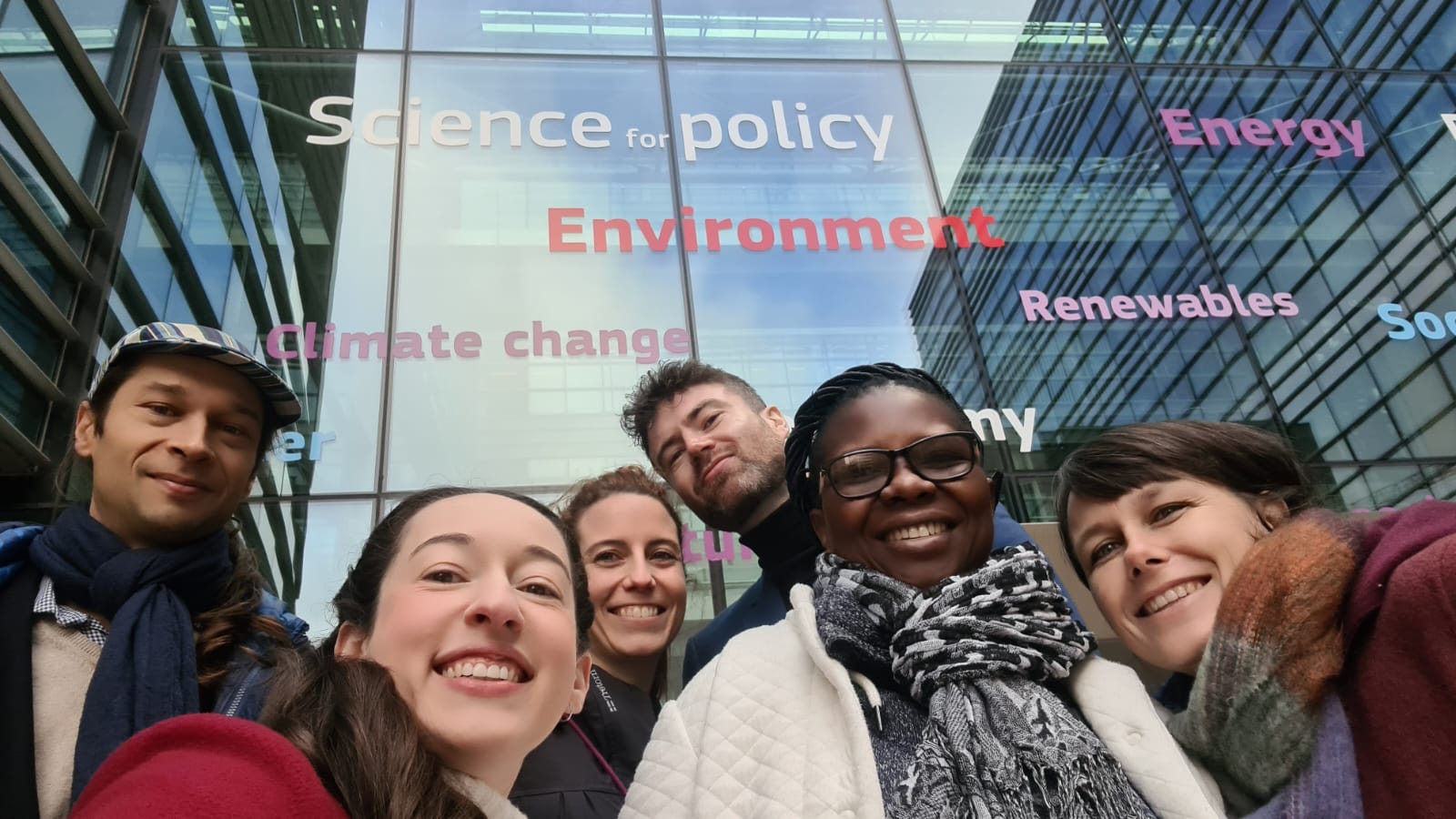
Members of the EGU Biodiversity Task Force before a meeting with a meeting with representatives from the EU Commission
Such integration needs time and presence. We need to talk with each other and develop trust. And obviously an interest in what others too – curiosity, in the end, is what motivates us. Here, showcasing social science research of interest/relevance to more naturally-oriented geoscientists could do a nice job of raising awareness of why it could be interesting to talk and listen to the social sciences.

